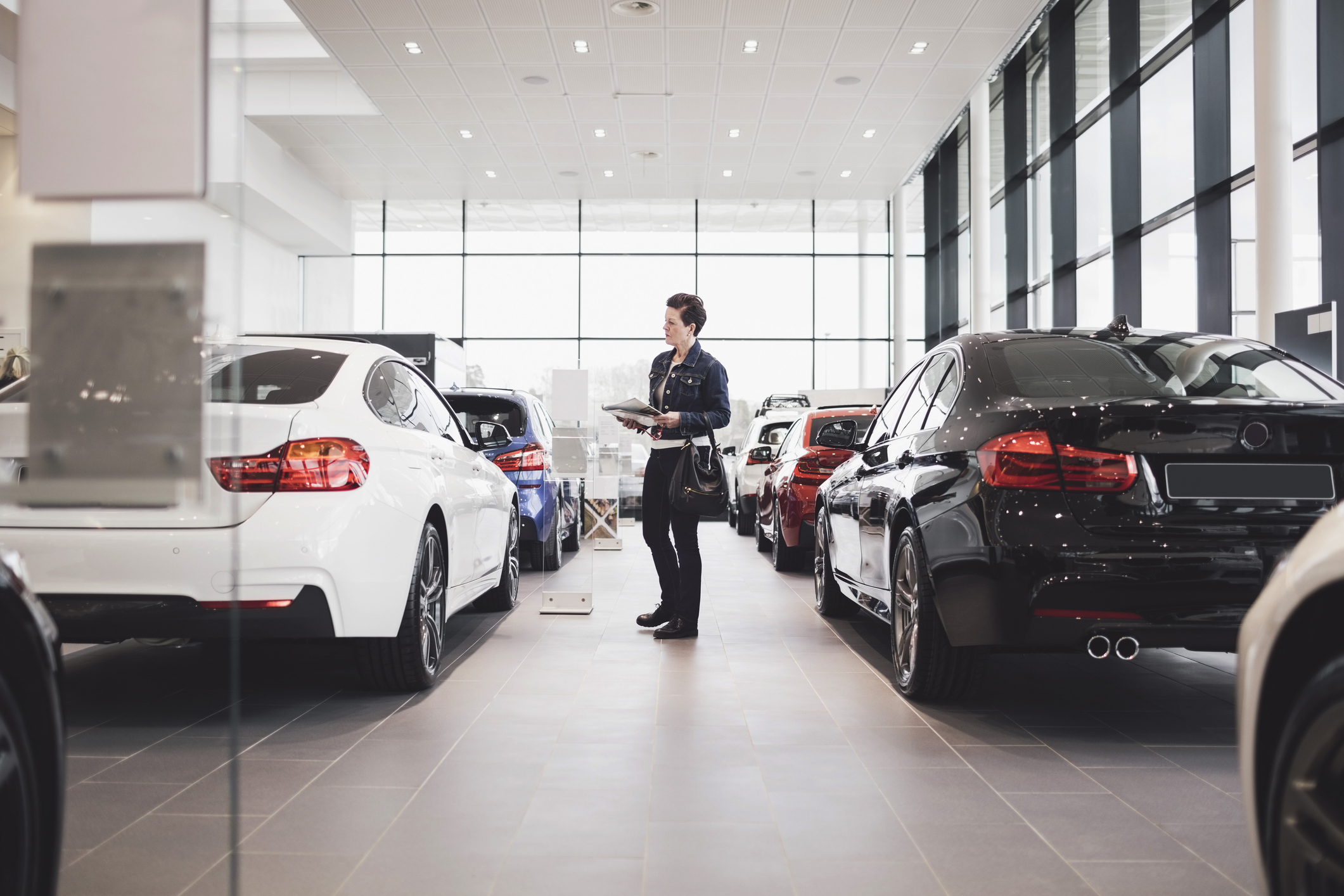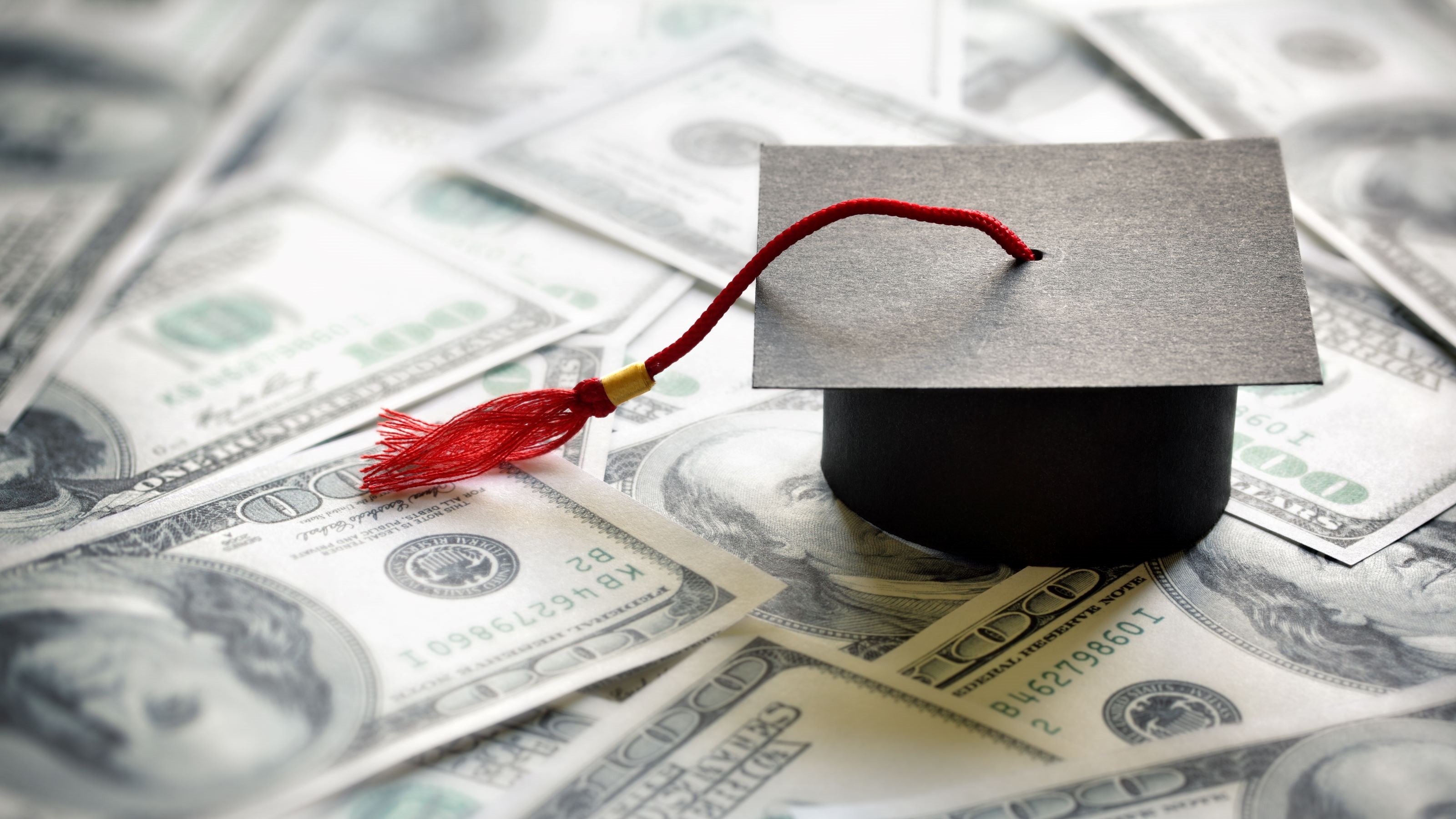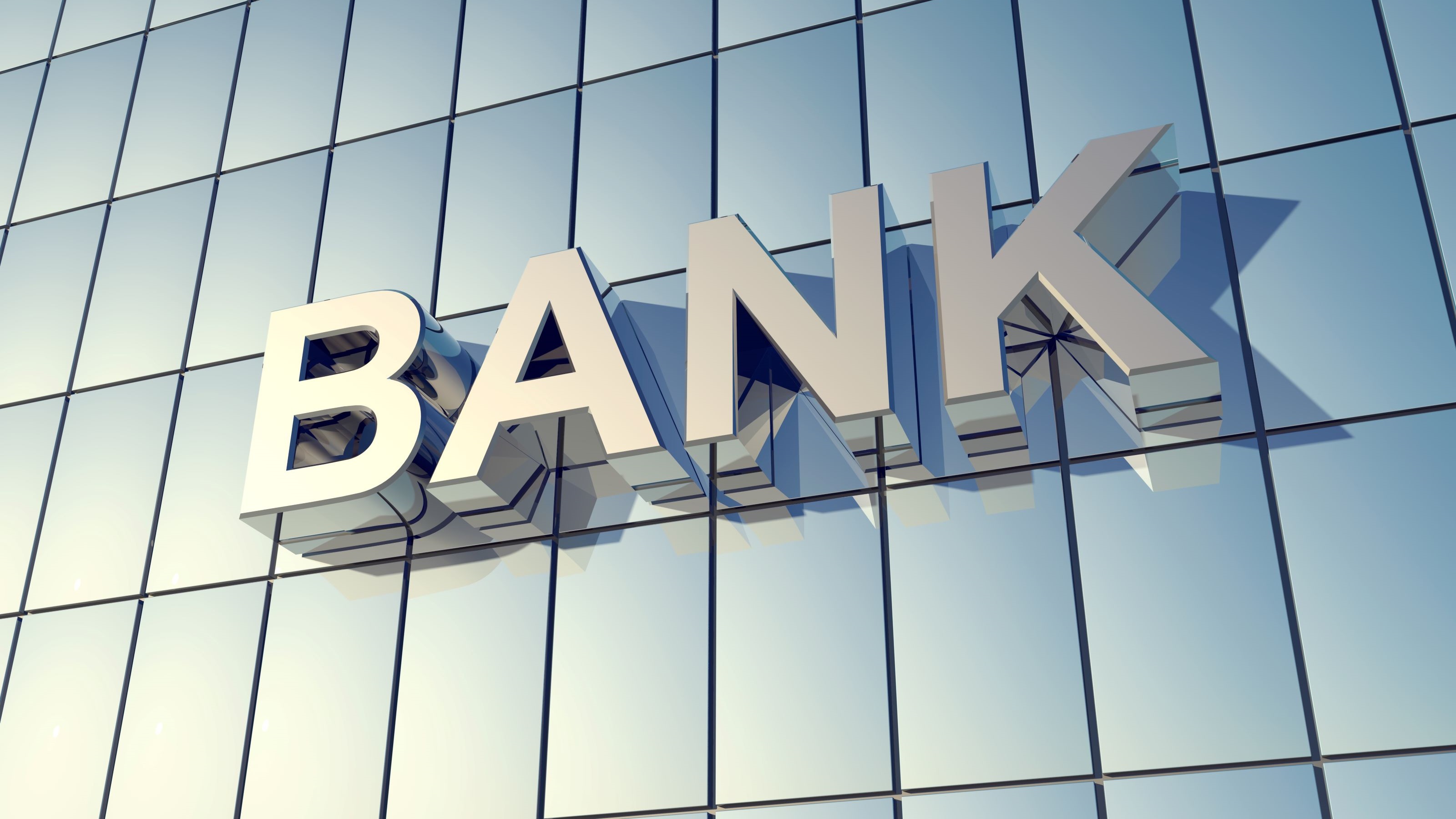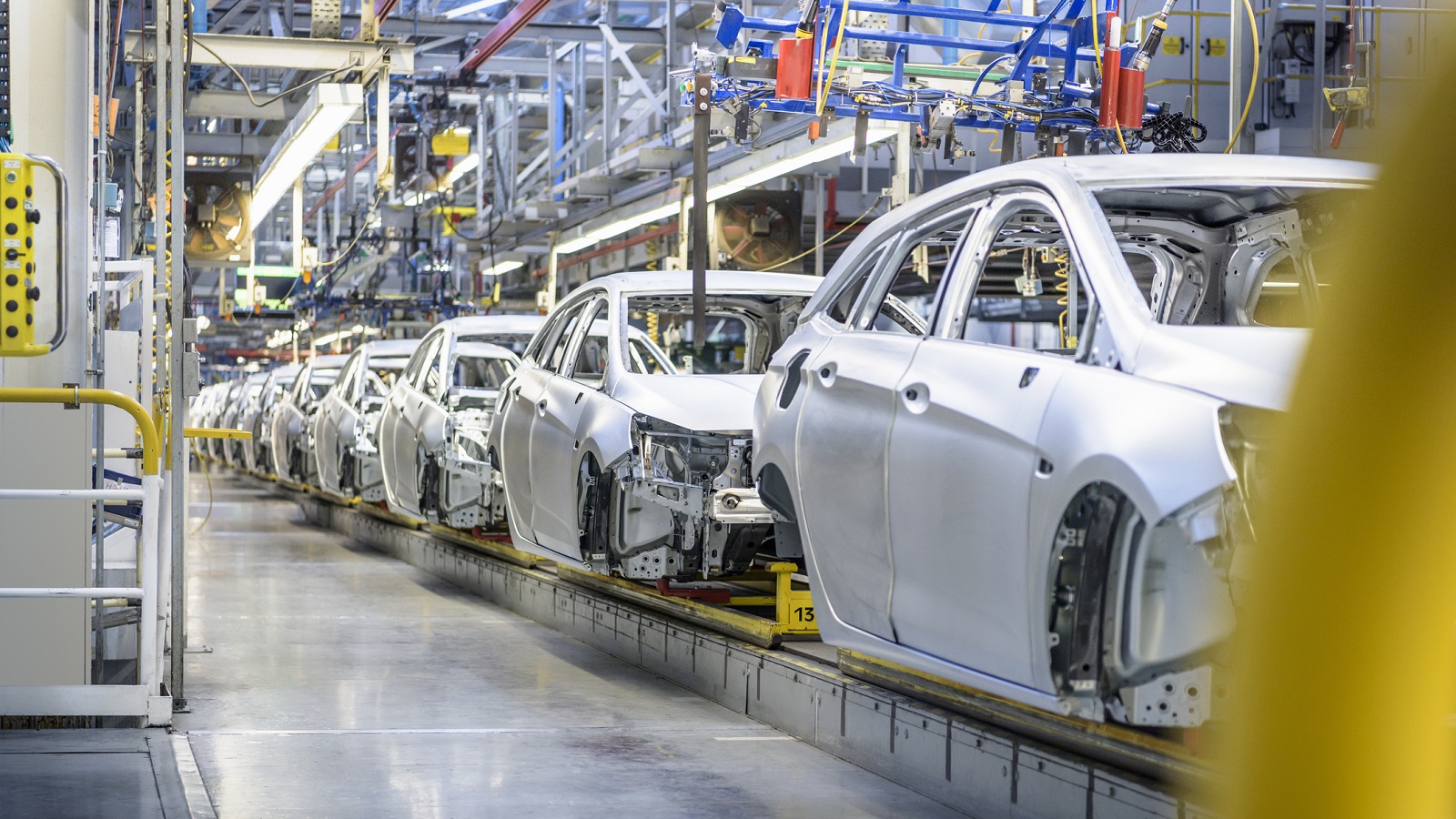Myths About Leasing
Does leasing cost more? What about never-ending payments, or higher fees? Learn the truth.
Myth 1: Leasing a new car costs far more than buying it.
A hard look at the numbers reveals that leasing can be as good a deal as buying. Just as the lower monthly payments don't automatically make a lease vastly cheaper, neither does the fact that you own nothing at the end of a lease mean you're throwing your money away.
To compare buying and leasing fairly, don't forget to take into account the economic power of money you don't put into a down payment or sky-high monthly payments on a purchase deal.
For example, consider a recent deal on a $35,320 car: a 48-month lease for $359 a month and $2,646 down. At the end of the lease you could buy the car for $13,775. That brings your total out-of-pocket costs to about $33,650, assuming you pay cash at lease-end rather than finance the purchase.

Sign up for Kiplinger’s Free E-Newsletters
Profit and prosper with the best of expert advice on investing, taxes, retirement, personal finance and more - straight to your e-mail.
Profit and prosper with the best of expert advice - straight to your e-mail.
Buy the car for a haggled-down price of $33,900, put the same $2,646 down and finance the car for four years with a 6% car loan, and your monthly payments jump to $734. After four years, your total cost is $37,880 -- in this case, about $4,200 more than the lease cost.
This manufacturer happened to be offering a superlow interest rate on the lease, and more often the numbers favor buyers. But what if you leased the car and saved the extra $375 (or whatever the difference comes to) you would have made on purchase payments? Invest that money, or pay down expensive debt and you're even further ahead with the lease.
Use the Should I lease or purchase? calculator to estimate the cost differences.
Other factors give a lease a leg up on a purchase. For example, most leases include free gap insurance, which covers the difference between the lease payoff and an insurance settlement if your car is totaled or stolen. It's unlikely you'll find that kind of protection when you buy an automobile. If it's totaled, the difference between the balance due and the insurance settlement comes out of your pocket.
Myth 2: A lease consigns you to everlasting payments.
It's common knowledge that leasing makes sense only for those who get a new car every two or three years, those masochists who hit the showrooms as soon as a loan is paid off. The corollary is that if you love the no-payment years of owning a car, you should scorn leasing.
Whoa. Not necessarily.
If you want to buy the car at the end of the lease, your contract will give you a right to do so -- at a set price.
And as Myth 1's example shows, you wouldn't be a chump if you went the "lease now, buy later" route. In fact, it affords you some protection. If you no longer want the car at the end of the lease, you can just walk away. If you had purchased the car new, you'd be stuck with selling it or trading it in, and there's no guarantee how much money you'd get.
Myth 3: Excess wear-and-tear charges are unfair.
Not so. These charges are designed to make you pay for your (over)use of the vehicle. You'd face the same financial hit if you had purchased the car. Dings in the door or tears in the upholstery would cut into how much you'd get when you traded it in. The charge on a lease is more in-your-face, but the financial pain should be about the same.
But don't leasing companies pile on charges for wear and tear? No, says Jerry Mahoney, who provides leasing for American Automobile Association members. "If anything, they have become more lenient, giving the consumer the benefit of the doubt."
Myth 4: Early-termination fees exact a far heavier penalty than if you change your mind when you buy a car.
It only seems that way. If you decide to bail out of a car purchase, you'll pay the piper, too. The car may be worth far less than you still owe on the loan. And because depreciation is spread evenly over the term of the lease, if you turn in the car early, you are sure to have "used up" more of the car than you've paid for, particularly if you made no down payment.
The early-termination fee is the way the dealer evens things up. Moral: Plan to keep your car to the end of the lease. It doesn't make sense to stretch out the term to get lower payments if you're likely to break the lease early.
Myth 5: Leasing is a mistake if you put high mileage on a car.
Do you believe that racking up high mileage on a car you own carries no cost? The difference is that when you buy, you realize the loss as a lower trade-in value. With a lease, you pay out of pocket when you turn in the car.
If you expect to drive more than the 12,000 to 15,000 miles per year built into a typical lease contract, negotiate a higher mileage limit. That's likely to cost less than 10 cents per mile per year -- a less painful prospect than paying a penalty of 15 cents or 25 cents per mile over the contract ceiling.

How to Negotiate a Lease
How to Shop for a Used Car

Get Kiplinger Today newsletter — free
Profit and prosper with the best of Kiplinger's advice on investing, taxes, retirement, personal finance and much more. Delivered daily. Enter your email in the box and click Sign Me Up.
-
 Stock Market Today: Stocks Gain on Tech, Auto Tariff Talk
Stock Market Today: Stocks Gain on Tech, Auto Tariff TalkThe Trump administration said late Friday that it will temporarily halt tariffs on some Chinese tech imports.
By Karee Venema
-
 Sam's Club Plans Aggressive Expansion: Discover Its New Locations
Sam's Club Plans Aggressive Expansion: Discover Its New LocationsSam's Club expansion plans will open up to 15 new stores each year. Learn where they plan to open in 2025.
By Sean Jackson
-
 What To Know if You’re in the Market for a New Car This Year
What To Know if You’re in the Market for a New Car This YearThe Kiplinger Letter Buying a new car will get a little easier, but don’t expect many deals.
By David Payne
-
 Will Lower Mortgage Rates Bring Relief to the Housing Market?
Will Lower Mortgage Rates Bring Relief to the Housing Market?The Kiplinger Letter As mortgage rates slowly come down here's what to expect in the housing market over the next year or so.
By Rodrigo Sermeño
-
 Car Prices Are Finally Coming Down
Car Prices Are Finally Coming DownThe Kiplinger Letter For the first time in years, it may be possible to snag a good deal on a new car.
By David Payne
-
 New Graduates Navigate a Challenging Labor Market
New Graduates Navigate a Challenging Labor MarketThe Kiplinger Letter Things are getting tough for new graduates. Job offers are drying up and the jobless rate is increasing. Are internships the answer?
By David Payne
-
 When's the Best Time to Buy a Domestic Flight? The Kiplinger Letter
When's the Best Time to Buy a Domestic Flight? The Kiplinger LetterThe Kiplinger Letter A new study by CheapAir.com has crunched the numbers.
By Sean Lengell
-
 Woes Continue for Banking Sector: The Kiplinger Letter
Woes Continue for Banking Sector: The Kiplinger LetterThe Kiplinger Letter Regional bank stocks were hammered recently after news of New York Community Bank’s big fourth-quarter loss.
By Rodrigo Sermeño
-
 Anxious Flyers Take Note: The Kiplinger Letter
Anxious Flyers Take Note: The Kiplinger LetterThe Kiplinger Letter Whether it's the routes to avoid that have the most turbulence or the safest airline, we've got you covered.
By Sean Lengell
-
 The Auto Industry Outlook for 2024
The Auto Industry Outlook for 2024The Kiplinger Letter Here's what to expect in the auto industry this year. If you’re in the market for a car it won’t be quite as daunting as it was during the pandemic and after.
By David Payne